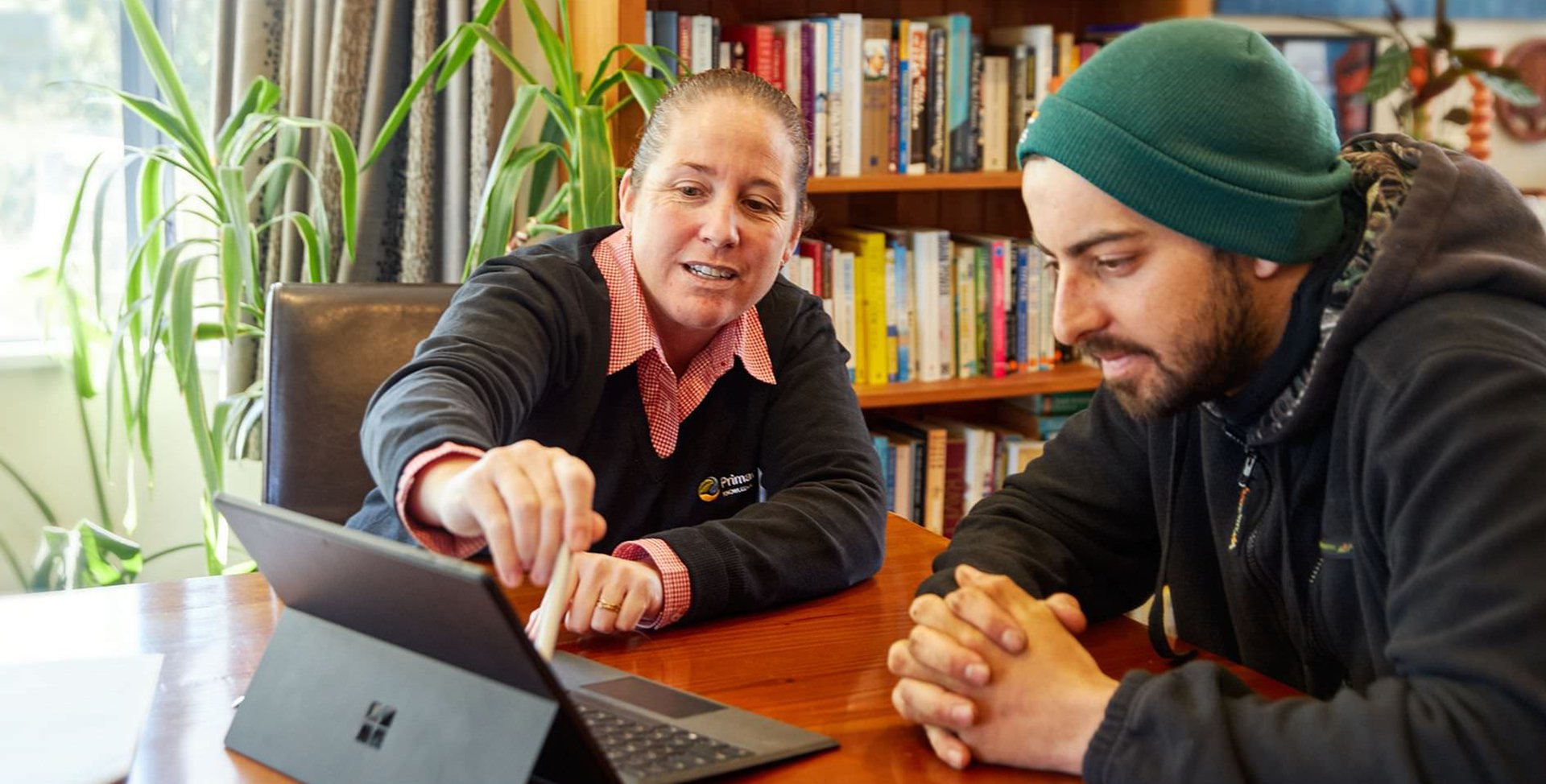Rauemi ako aipurangi mo nga Ahu Matua kaiakoKo a maatau rauemi
Plan, build and implement effective learning solutions
Choose the right LMS for your organisation, calculate the ROI on learning resources, evaluate the connectivity infrastructure.
Tatau i te ROI mo o rauemi whakangungu
Calculate the ROI on your training resources
Make quick calculations and estimate how much return you can get from your investment in training and development resources.
Calculate my ROI
Toro rangahau
Find places where learners have poor connectivity
This free tool enables learners, tutors and providers to see where poor broadband connections are and where greater support is needed. Use this to inform your online lesson planning.
View map
He paatai ano
Practical tips for Infrastructure
- How practical is tech-enabled learning on a cell phone?
-
To participate in tech-enabled learning on a cell phone, good cell phone coverage is needed for both real-time or self-directed learning. Have a look at the below maps from New Zealand’s main phone companies to see how the coverage is in your area.
Coverage maps
Our Tech tip
Unlimited data is the best option when doing tech-enabled learning on a phone – especially if there’s no internet connection available. However, this can be expensive, meaning it’s often an unrealistic recommendation to learners and tutors.
Unlimited data costs approximately:
- $36 - 70NZD on a pre-paid 28-day plan
- $40-100NZD on a monthly plan
- What is the minimum connection needed for tech-enabled learning?
-
To have a connection stable and reliable enough to do real-time learning, TEL learners would need a minimum of a VDSL connection. Though the speeds for ADSL and wireless may appear suitable, they will not provide a stable connection if multiple people are using the same network at the same time or if extra features are used on the video call.
How much would this internet cost? VDSL connection Fibre connection Approximately $73-109NZD a month
Approximately $65-149NZD a month
- What organisations help facilitate internet connectivity?
-
Organising an internet connection and plan within your home can be confusing and stressful. We have put togther a list of companies that assist in this process.
- What are the most user and price friendly devices?
-
Having a device that fulfils all your needs makes a huge difference when doing tech-enabled learning. We have compared and rated the common, broad types of devices available on the market to help you decide what will be the best fit for your organisation. Make sure to look at the provided links and do some of your own research too, as everybody’s opinions on devices is different.
These rating were determined through literature reviews, which helped us give devices a rating out of five for both affordability and user-friendliness. We then averaged these ratings to get the results below.

From $549 NZD
Windows laptop
Able to run any programme
Touch screen for newer models
Common connection ports
Can be bulky and heavy
High target for viruses as Windows is such a common operating system
Helpful links

From $1749 NZD
MacOS laptop
Good battery life
Range of pre-loaded apps
Sleek design
Apple specific connection ports
No touch screen
Helpful links

From $79 NZD
Android tablet
Highly portable
Wifi or cellular connection
Some run on the familiar Windows operating system
Physical keyboard bought seperately
Battery & screen quality varies
Low cost tablets will not have much file storage
Helpful links

From $569 NZD
iPad
Highly portable
Wifi or cellular connection
Physical keyboard bought seperately
Battery & screen quality varies
Helpful links

From $69 NZD
Smart phones
Very accesible
Learners can still call into class via their phone number instead of using internet
Some learners and tutors already own a phone that will be capable of online learning
Learners are likely to be familiar with how to use them
Small screen
Limitations for some learning applications
Can be a source of disctraction when used in a learning environment
Price often reflects quality
Helpful links
- How do we make these devices affordable & accesible?
Here are some things to keep in mind
-
Have all the neccessary software preloaded - Accesibility is key
-
Have providers pre-download software onto devices is essential for tutors and / or learners who have bad coverage and limited internet capacity. You don’t want your learners using all their internet up on downloading Zoom and then not being able to attend class!
-
Check whether the company you are purchasing your devices through as an educator's discount
-
If you are asking learners to buy their own devices, remind them to check if the company does student discounts. Companies such as Apple, Noel Leeming, Lenovo, Dell and UNiDAYS provide tertiary learners with discounts for online learning devices.
Reburbished devices
Refurbishment companies are a cheaper alternative for purchasing devices. These companies take people’s unwanted devices, do them up (if needed) and then sell them on for a reduced price in comparison to if the devices were purchased new. It not only saves you money, but is an eco-friendly solution too!
Here's a list of stores that deal with reburbished devices